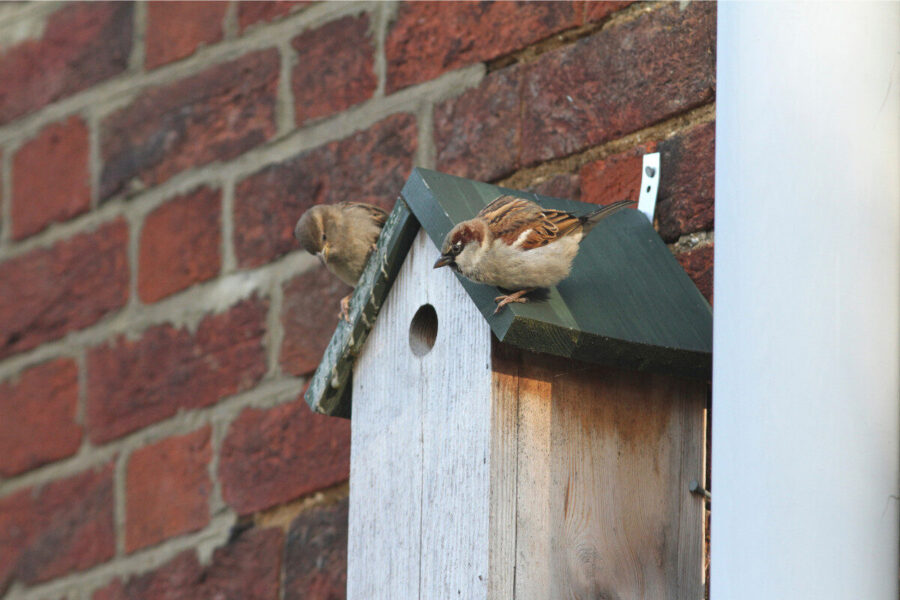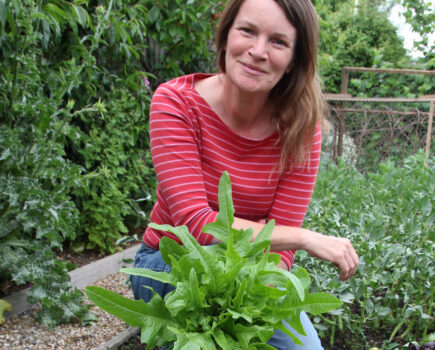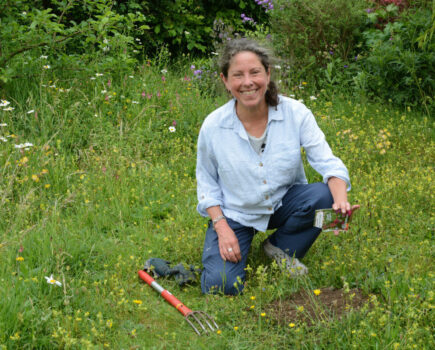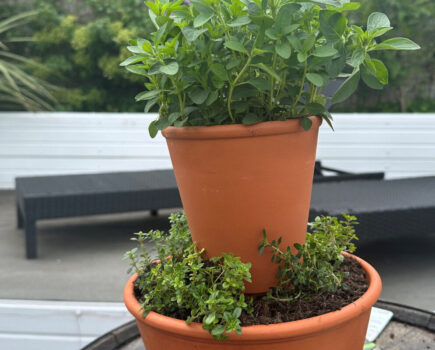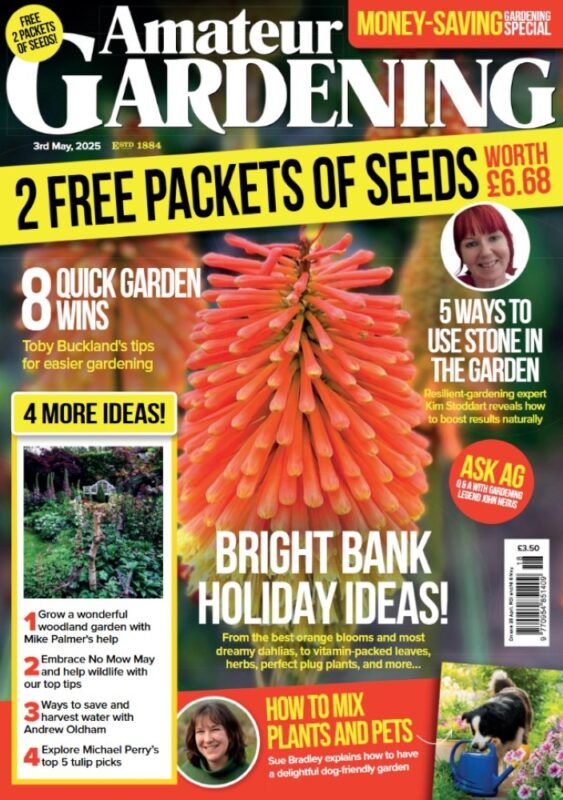Repeatedly revealed as the number one bird seen in our gardens by the RSPB Big Garden Bird Watch, we take a look at the humble sparrow
The sparrow is a bird most people can quite confidently recognise and name and whilst we say humble – we don’t always think of it as very remarkable. Yet its population is now so widespread thanks to its incredible adaptability, learning to supplement its diet with scraps from humans alongside its natural food sources. It’s as likely to be seen hopping around outdoor tables at a city café looking for fallen crumbs, as perched on a hanging feeder in a village garden or chirping from an agricultural hedgerow. And that’s actually pretty remarkable!

The sparrow’s reputation for being gregarious is well-earned, and comes from centuries of living in such close proximity to people. Its ease around humans makes it easier to observe, and because it doesn’t defend territories in the same way some birds do, it’s happy living alongside other sparrows. This makes them fun to watch, especially at this time of year when chicks are being fed and whole soap operas of drama are playing out in our gardens.
Whilst most people can spot a sparrow – can you tell a male from a female? They are actually quite different. Males are a darker, chestnut brown, with a grey crown and black bib, whilst females have a much paler brown plumage as well as a pale stripe behind the eye.
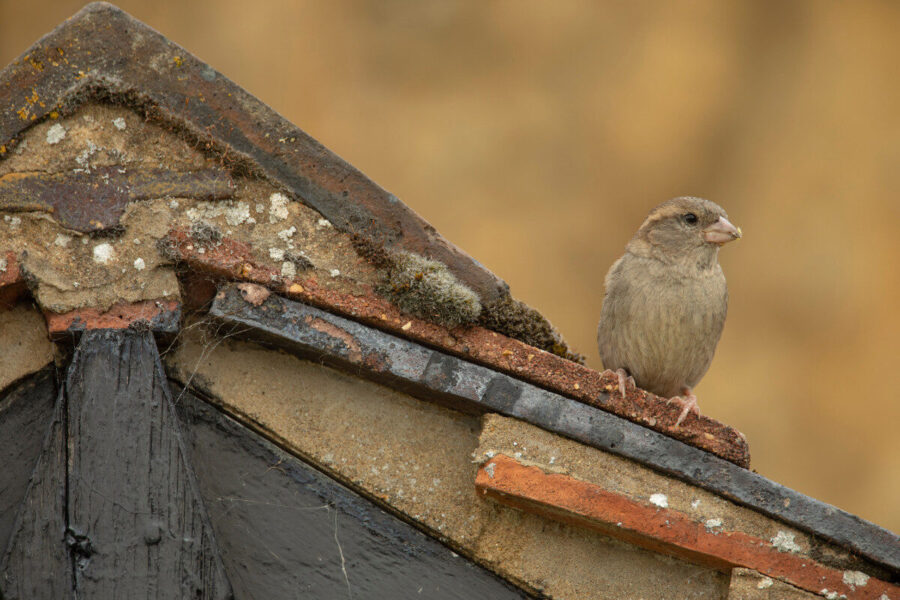
Despite continuing to top our Big Garden Bird Watch most-seen table – and their adaptability – sparrows are in quite severe decline. Research has shown that their population fell by around 70% between the late 1970s and early 2000s. Loss of habit and food sources, linked to changes in the way we humans do things has played a part in this.
The news coming from this year’s Birdwatch had some stark headlines for another garden bird we tend to think of as really common – starlings. Fewer were counted in this year’s survey than ever before. Starlings and sparrows (both House and Tree) are on our conservation red list – which means they are amongst some of our most endangered species.
Whilst we continue to investigate what’s brought about such severe declines and find ways to reverse them, there are ways we know we can help, especially in our gardens. Ensuring they provide year-round food sources, from berry-bearing shrubs, to flower seedheads and plenty of insects, as well as giving birds space to nest and rest, all helps. Leaving grass longer – even just in some areas – and choosing not to use pesticides benefits lots of wildlife, not just birds.
Q&A

Q. What should I do if I find a young bird on the ground?
A. This time of year is breeding season, and over the next few weeks, lots of young birds will be leaving their nests. Our advice is don’t pick them up unless they’re in immediate danger from a predator or close to a road, in which case move them to a safer spot, within earshot of their parents still. In nearly all cases, the grounded birds hear their parents nearby and move away. But if you are concerned about them, check out our website for more advice. www.rspb.org.uk/birds-and-wildlife/if-you-find-an-injured-bird
…………
For more information about helping birds in your garden, visit www.rspb.org.uk
Find more tips, advice and articles like this at the Amateur Gardening website. Subscribe to Amateur Gardening magazine now

